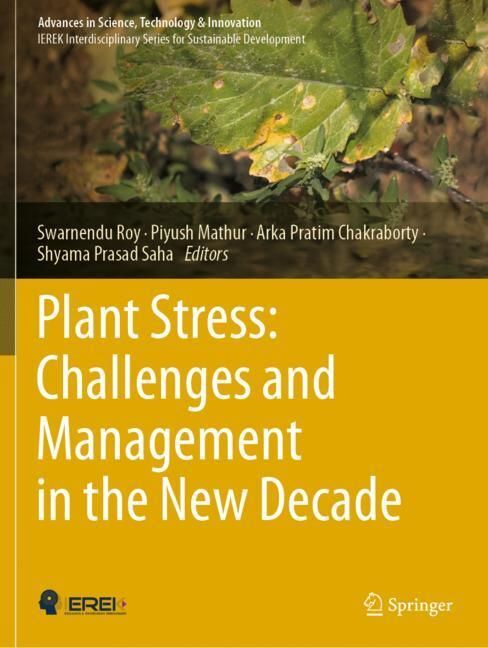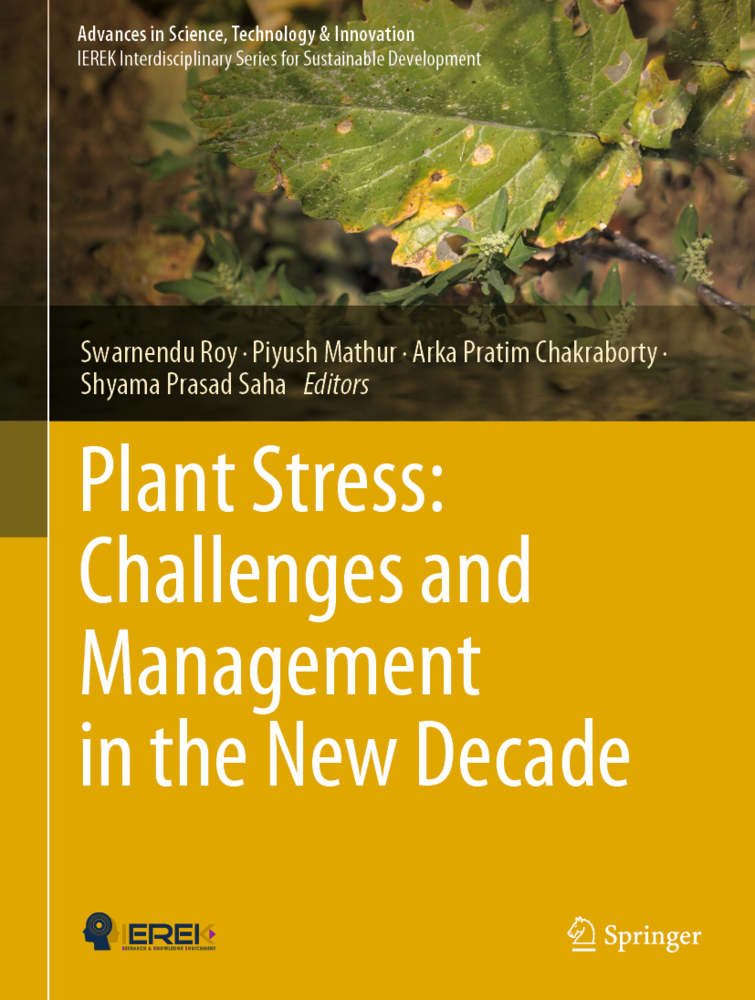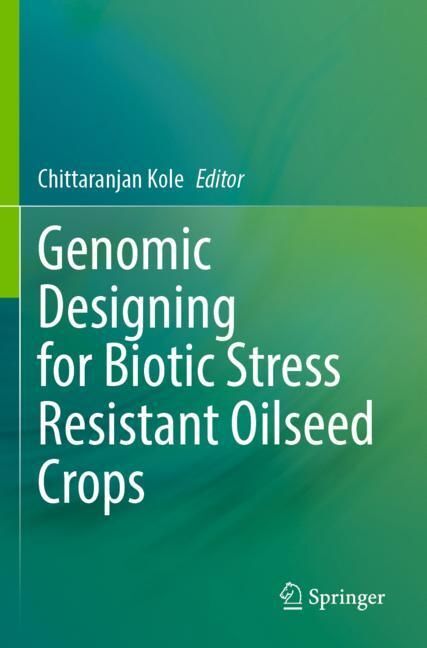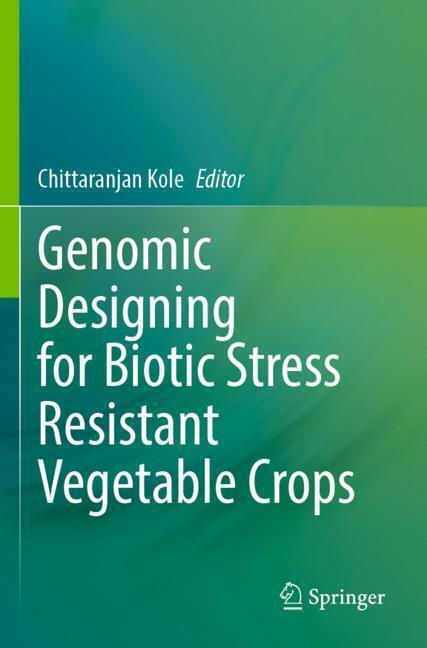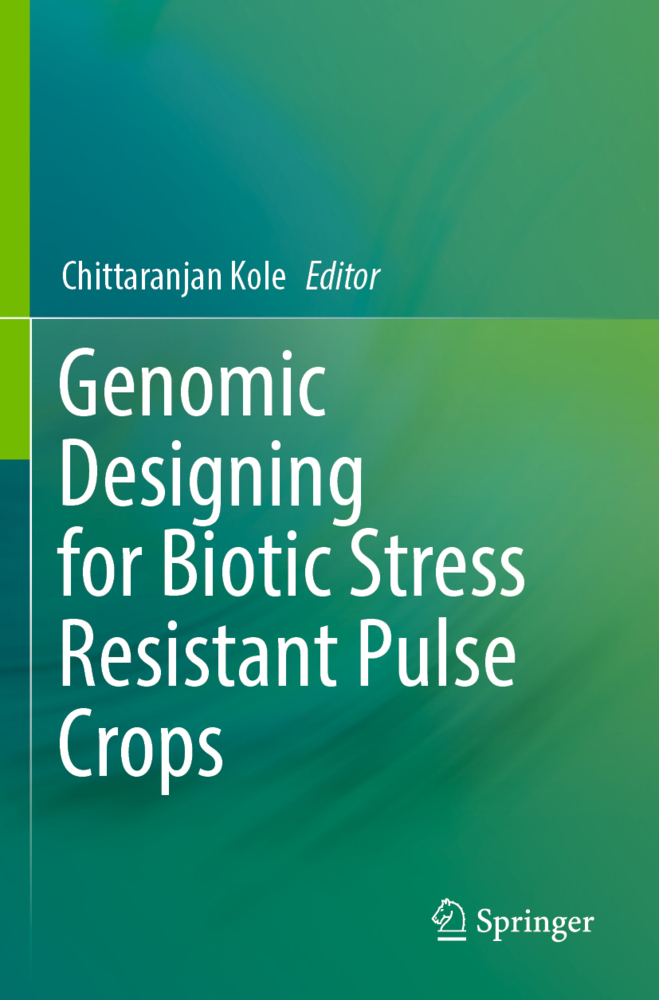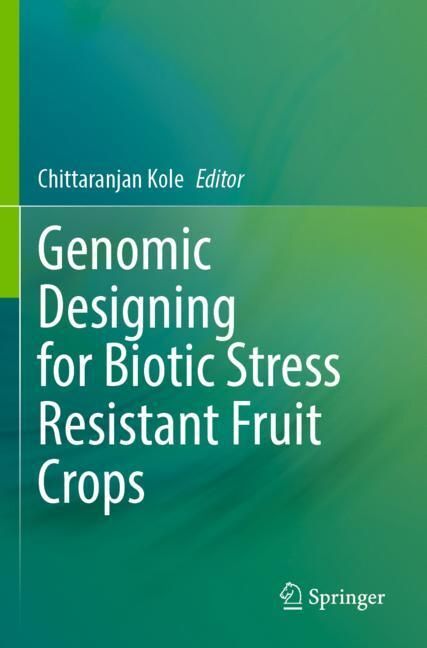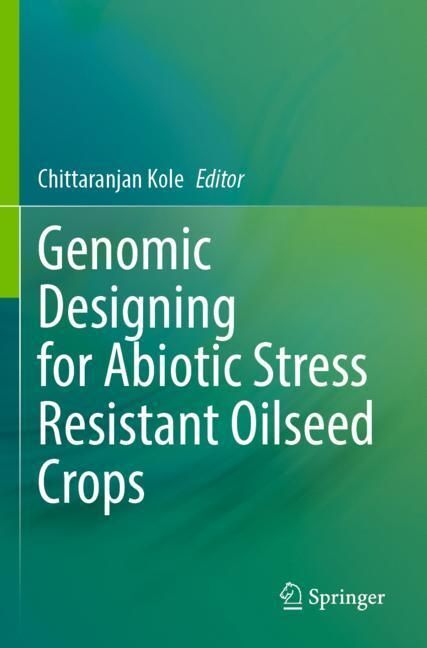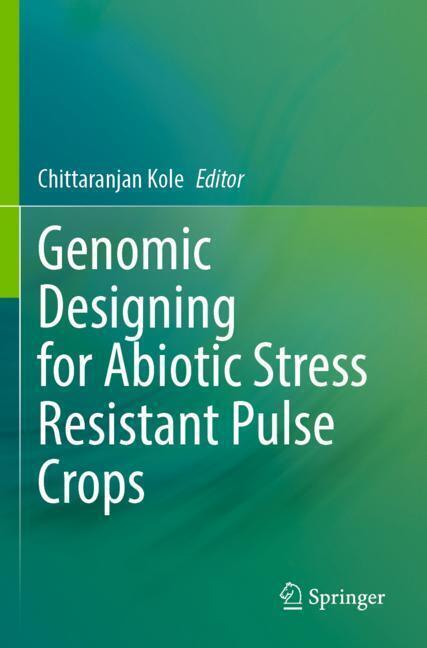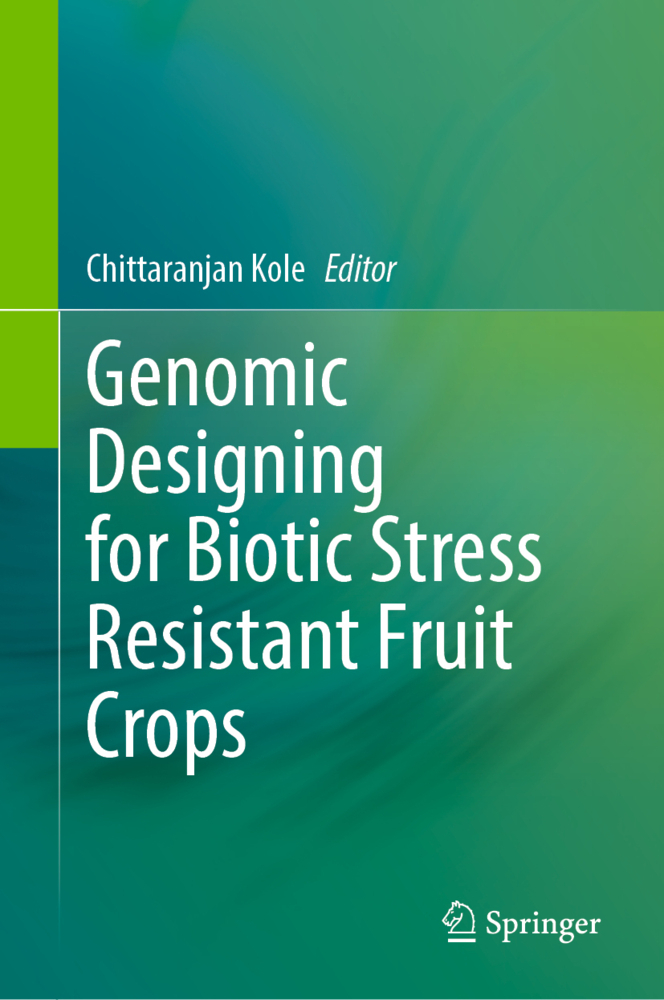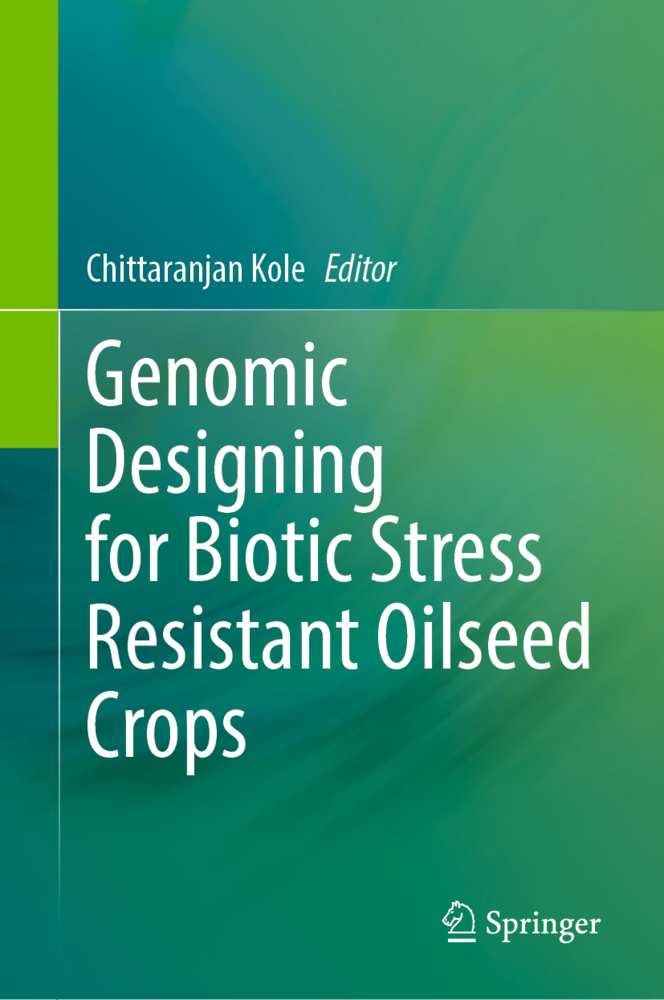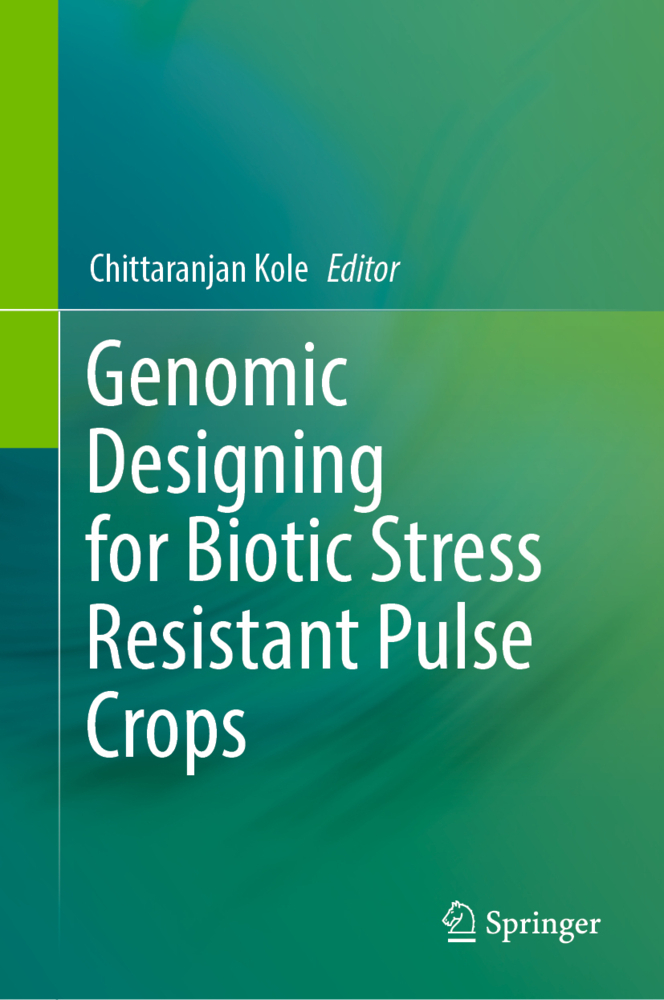Plant Stress: Challenges and Management in the New Decade
Plant Stress: Challenges and Management in the New Decade
This book presents an inclusive approach to deal with plant stresses in light of recent technological advances. As we have entered into a new decade, researchers and scientists should review and evaluate the recent findings in the field of plant stress management and visualize what we need to focus upon in the near future to increase crop yield. Above all, global climate changes present the greatest challenges of all time for plant scientists. In this context, the book highlights the recent findings and future perspectives in crop improvement to the faculties, scientists, research scholars, and postgraduate students. Major features of the book include an inclusive approach in understanding the mechanism of stress tolerance; recent advances and innovations in the field of allied disciplines like microbiology, molecular biology, biotechnology, plant breeding, nanobiotechnology, etc., for improving plant stress tolerance; and illustrative sketches to convey the mechanism and strategies of stress alleviation.
Part I Understanding and management of abiotic and biotic stress in plants.- 1. Plant responses under abiotic stress and mitigation options towards agricultural sustainability.- 2. Plant viruses: Factors involved in emergence and recent advances in their management.- 3. Crop plants under metal stress and its remediation.- 4. Exploiting host resistance in management of vascular wilt in major pulses of India
5. Atmospheric nitric oxide (NO) regulates ozone (O3)-induced stress in plants: Ally or Foe?.- 6. Brassinosteroids: A wonder growth regulator to alleviate abiotic stresses in plants.- 7. Structural and functional role of plant dehydrins in enhancing stress tolerance.- 8. Adaptation of microalgae to temperature and light stress.- 9. Halopriming: Sustainable approach for abiotic stress management in crops10. Naturally growing native plants of wastelands: Their stress management strategies and prospects in changing climate
11. Vulnerability and resilience of sorghum to changing climatic conditions: Lessons from the past and hope for the future.- 12. Recent updates in plant disease management
13. Heat stress in wheat: Impact and management strategies towards climate resilience
Part II Potential of microbes in plant stress management.- 14. Plant-microbe interactions in combating abiotic stresses
15. Cadmium stress management in plants: Prospects of plant growth promoting rhizobacteria.- 16. Harnessing the power of microbes to overcome heavy metal stress in crop plant
17. Halotolerant plant growth promoting rhizobacteria: A futuristic direction to salt stress tolerance
18. Outside the cell surface: Encoding the role of Exopolysaccharide producing rhizobacteria to boost the drought tolerance in plants
19. Potential of plant growth promoting rhizobacteria for enhancement of plant growth and its role in improving soil health under abiotic stress
20. Soil application of plant growth promoting fungi for sustainable agriculture in the new decade.- 21. Deep insights into the role of endophytic fungi in abiotic stress tolerance in plants
22. Post-green revolution degradation of agricultural land in India: Role of mycorrhizae in the sustainability of agriculture and ecosystems
Part III Strategies and technological advances for crop improvement.- 23. Integrated OMICS approaches to ameliorate the abiotic stress in Brassica napus
24. Proteomics - A powerful tool for understanding saline stress response in germinating seed
25. Role of secondary metabolites and prospects of engineering secondary metabolite production for crop improvement.- 26. Interventions of nanotechnology for the growth and stress tolerance in crop plants
27. Remote Sensing Technology: A new dimension in the detection, quantification andtracking of abiotic and biotic stresses.
Roy, Swarnendu
Mathur, Piyush
Chakraborty, Arka Pratim
Saha, Shyama Prasad
| ISBN | 978-3-030-95367-6 |
|---|---|
| Artikelnummer | 9783030953676 |
| Medientyp | Buch |
| Copyrightjahr | 2023 |
| Verlag | Springer, Berlin |
| Umfang | XV, 457 Seiten |
| Abbildungen | XV, 457 p. 54 illus., 50 illus. in color. |
| Sprache | Englisch |

